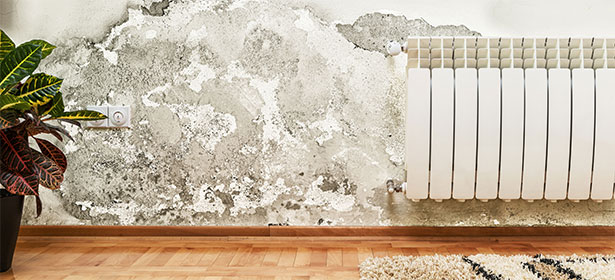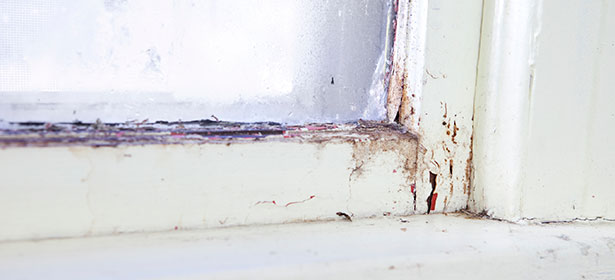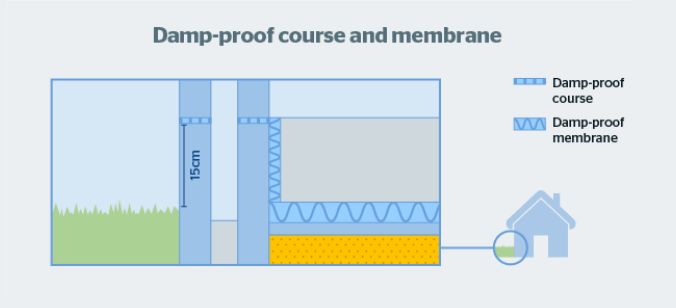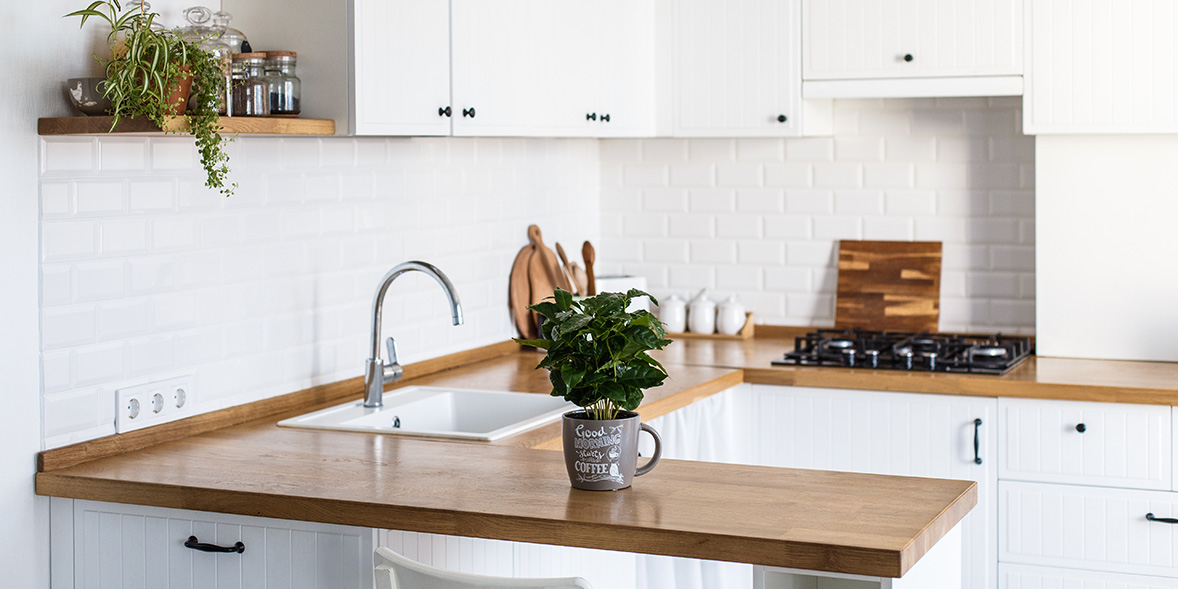
What kind of damp is affecting my home?

Rising damp, penetrating damp and condensation are the three most common types of damp for residential properties.
Each needs to be treated in different ways, and damp repair costs can vary dramatically, so it's important to know what type of damp is affecting your home before you try to get it fixed.
The worse the situation gets, the more it's likely to cost to remove and repair any damage.
Read our guide to how much it costs to get rid of damp for details of how much you might expect to pay.
Condensation

Condensation is the most common kind of damp.
It is caused by moist, warm air condensing on cool walls or glass, particularly in rooms that naturally generate a lot of air moisture, such as kitchens and bathrooms. It's mainly, but not always, a winter problem, as walls tend to be colder than the air.
Condensation can be exacerbated by central heating that gets very warm and then cools down again, as this creates warm, damp air that can then condense, causing condensation.
A lack of ventilation can also make the problem worse. This can be particularly apparent in old homes, which were designed to be naturally 'breathable' and allow damp air to evaporate out of the house. The removal of existing chimneys and energy-saving measures, such as fitting air-tight double glazing, can reduce ventilation in old homes, and create a condensation problem.
Symptoms of condensation
- Water droplets on windows or walls
- The appearance of dark mould, particularly on glass or around windows
- An unpleasant mouldy smell.
Left untreated, condensation can damage paint and plaster and cause window frames to decay, so when you see it form you should wipe it away with a cloth.
Some gadgets claim to be able to help with condensation and leave your windows streak-free. Our testing team put bestselling window vacs from brands like Karcher, Beldray and Salter to the test to find the best window vacs for getting rid of condensation.
If a lack of ventilation is the problem, there are steps that you can take to improve things. Making use of extractor fans and dehumidifiers can help to reduce how much moisture is in the air in the first place – find out how to buy the best dehumidifier for your home.
Head to our full guide to the best ways of dealing with condensation for more tips.
Rising damp

Rising damp is caused by ground water moving up through a wall or floor. It's natural for walls and floors to allow a little water in, but it’s usually stopped from causing damage by a barrier called a damp-proof course or damp-proof membrane (see image below).
- A damp-proof course is a waterproof horizontal strip, usually made of plastic or bitumen felt, built into the wall at a height of at least 15cm above ground level.
- A damp-proof membrane is a sheet of material that's impervious to water, which is laid underneath the floor. This should be connected to the damp-proof course so that the house is effectively sealed and protected from ground water.

Newer houses will have both, as they are a requirement of building regulations (Part C for England and Wales). Older buildings (particularly those built before regulations came into force in 1875) may not, or they may have worn or been damaged over time. If this is the case, your walls or floor may suffer from rising damp.
Rising damp can also happen when there's a lack of drainage, or the level of the ground outside your home is higher than your damp-proof course, allowing water to get above it.
Symptoms of rising damp
- Damaged skirting boards or plaster
- Peeling paint and wallpaper, often with wet patches
- A white, powder-like substance on the wall, left by soluble salts dissolved in the water
- Tide marks rising up the wall
- If the problem is coming up from the floor, you may notice floor coverings lifting up.
Rising damp can be slow and expensive to fix. Head to our guide on getting rid of damp for more on the options available for rising damp treatment.
If you do need to call in a professional, our damp-proofing costs page will give you an idea of how much you may need to spend.
Penetrating damp

Penetrating damp is caused by water leaking through walls. This type of damp may expand across your walls or ceiling, but this will move horizontally, rather than by travelling up walls (as is the case with rising damp).
Penetrating damp is usually caused by structural problems in a building, such as faulty guttering or roofing, or cracks in the walls, which let water in when walls or roofs are soaked with water during heavy rainfall. It can also be caused by internal leaks, such as leaky pipes underneath the sink or bath.
You’re more likely to get penetrating damp if you live in an older building with solid walls, as newer cavity walls provide some protection.
Depending on the underlying cause, penetrating damp can be quick and relatively simple to fix.
Head to our guide to penetrating damp treatment to find out more about how to spot the signs and what to about them.


















